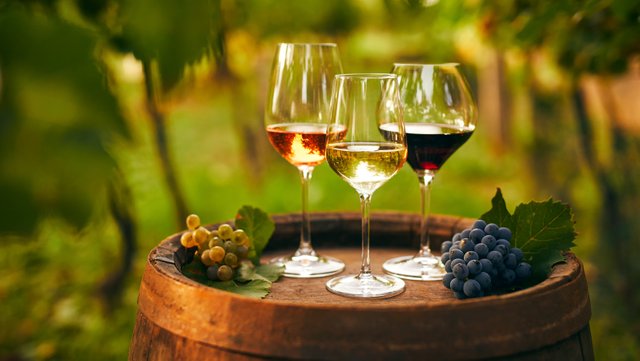Across France, winemakers are increasingly choosing to farm organically and biodynamically. These “alternative” methods, based on principles developed by Austrian philosopher Rudolf Steiner, go beyond the use of synthetic herbicides, pesticides, and fungicides found in most modern vineyards. Instead, growers tend to encourage native grasses to grow between the rows of vines and use only organic manure to fertilize their land. Little or no machinery is used, and grapes are harvested by hand, often on a single-vineyard basis, in order to preserve and honor the terroir.
Biodynamic farming takes these practices a step further, using the lunar and planetary cycles to determine planting and harvesting dates. This can sound a bit “woo-woo,” but it’s actually quite science-based. For instance, a biodynamic farmer may plant around the lunar cycle, recognizing the gravitational pull of the vines much like tides. Harvests are also arranged to coincide with planetary events, in recognition of the sun and moon as powerful influences on plant growth.

While there is still some debate as to what exactly biodynamics is, most experts agree that it’s a holistic approach to winegrowing that integrates all aspects of the vineyard and winery into a whole. That means, for example, that a vineyard might use sheep to weed and graze the vines; fruit trees are encouraged to grow amidst the vines; hives support pollination and wines are not manipulated in ways that would drastically alter their raw material, such as blocking malolactic fermentation or adding high levels of sulfites during ageing.
At Chateau le Puy in southwest France, for instance, the vineyards are biodynamic, and winemaker Christelle Lafon-Poirier produces a range of wines that showcase this artisanal philosophy. She grows indigenous Corsican grape varieties and uses her own herbal infusions to bolster the vineyard’s health—including yarrow, horsetail, chamomile, nettle, and valerian flower root.
In Champagne, Benoit Lahaye encourages grasses to sprout between his vines and uses draft horses, rather than machine-powered cultivators, to aerate the soil. In the cellar, he uses only oak barrels for his Pinot Noir and Chardonnay, never stainless steel, in order to keep the flavors pure.
At Domaine de l’Affut in Sologne, north of Paris, draught horses Urbanie and Bambi work by hand to aerate the soil. They are part of an extensive effort to preserve the estate’s ecosystem, which includes wild birds and frogs as well as native grasses and plants. The wines here reflect this regenerative work: earthy, minerally, and with a distinct sense of place. For example, the rosé offers fresh raspberry and white peach notes, while the Cabernet Franc has a vibrant red-fruit character. It’s no wonder Robert Parker Wine Advocate has lauded these wines, calling them “exceptional” and “a remarkable achievement.” In fact, they have been named one of his Top Ten Rosés of the year.